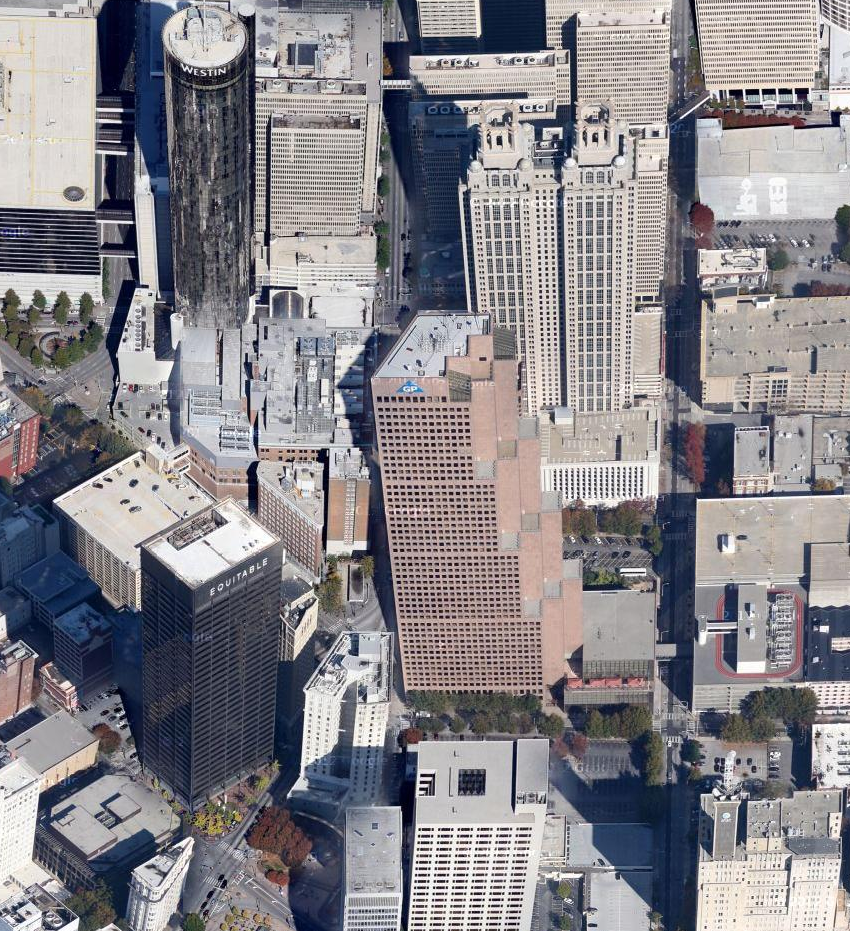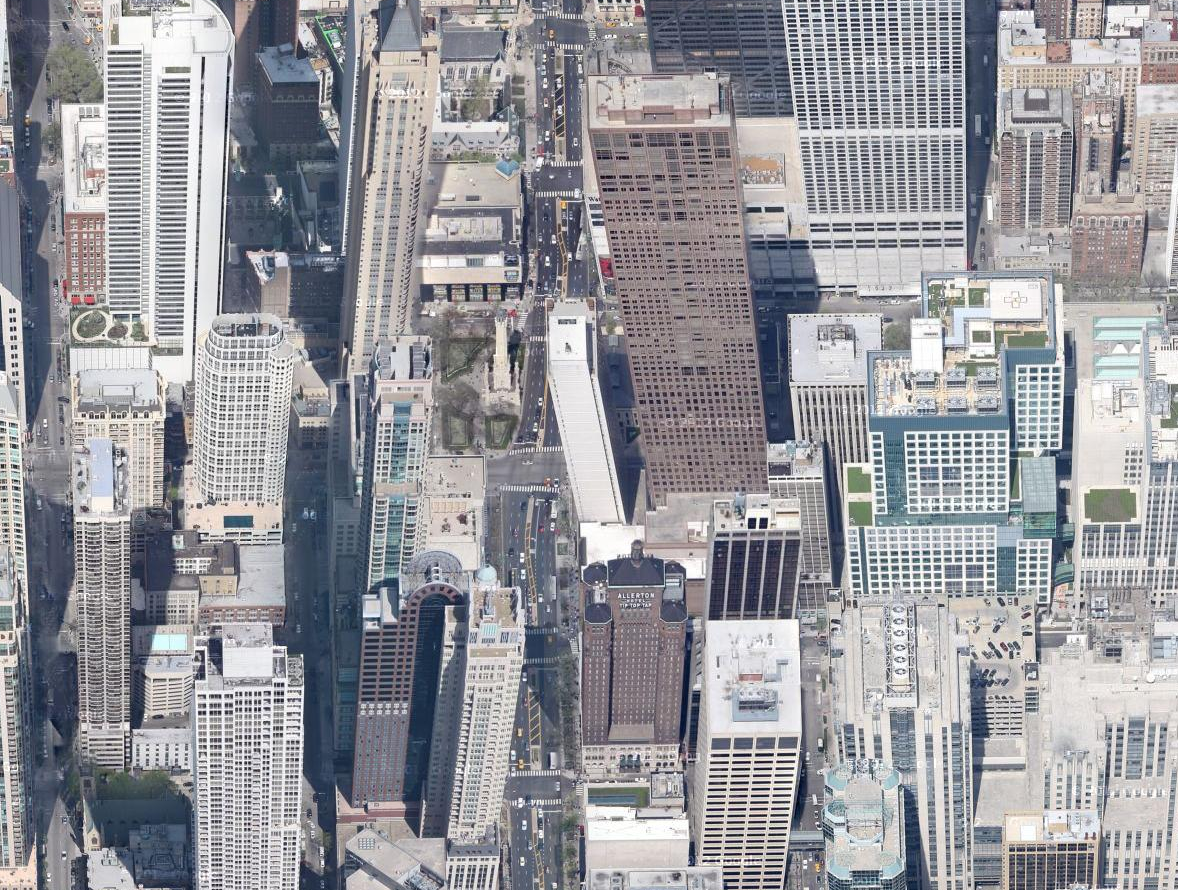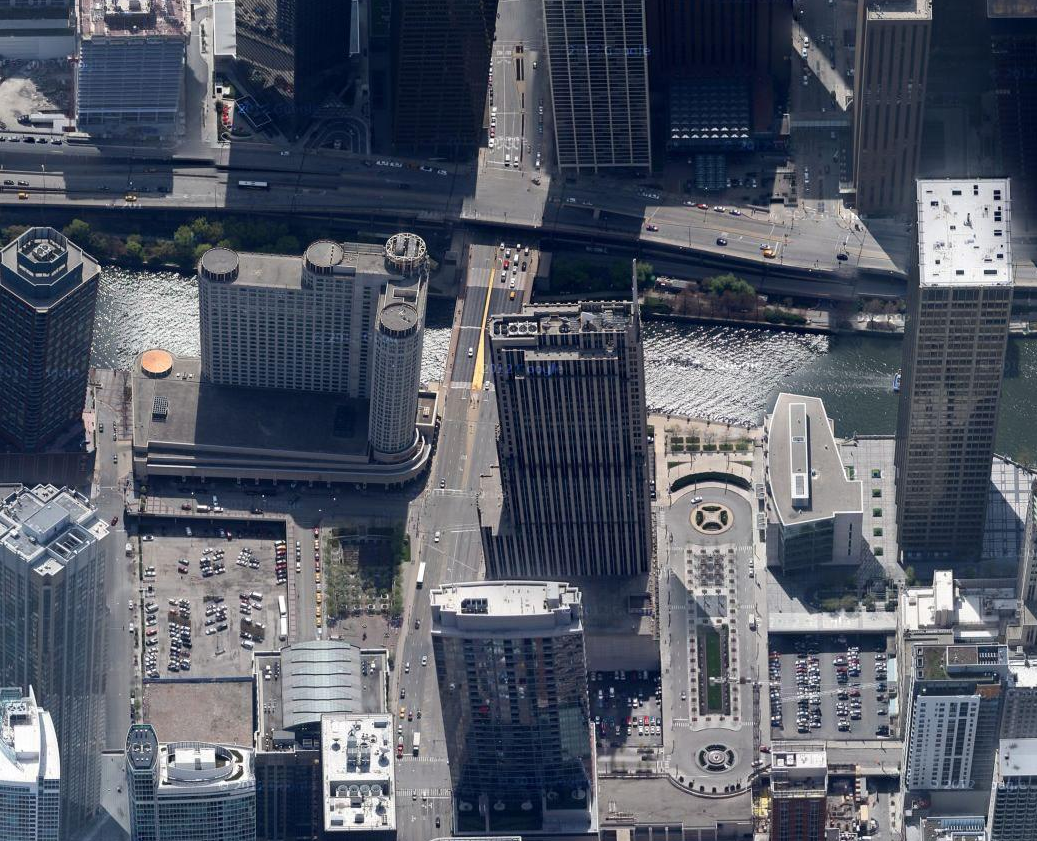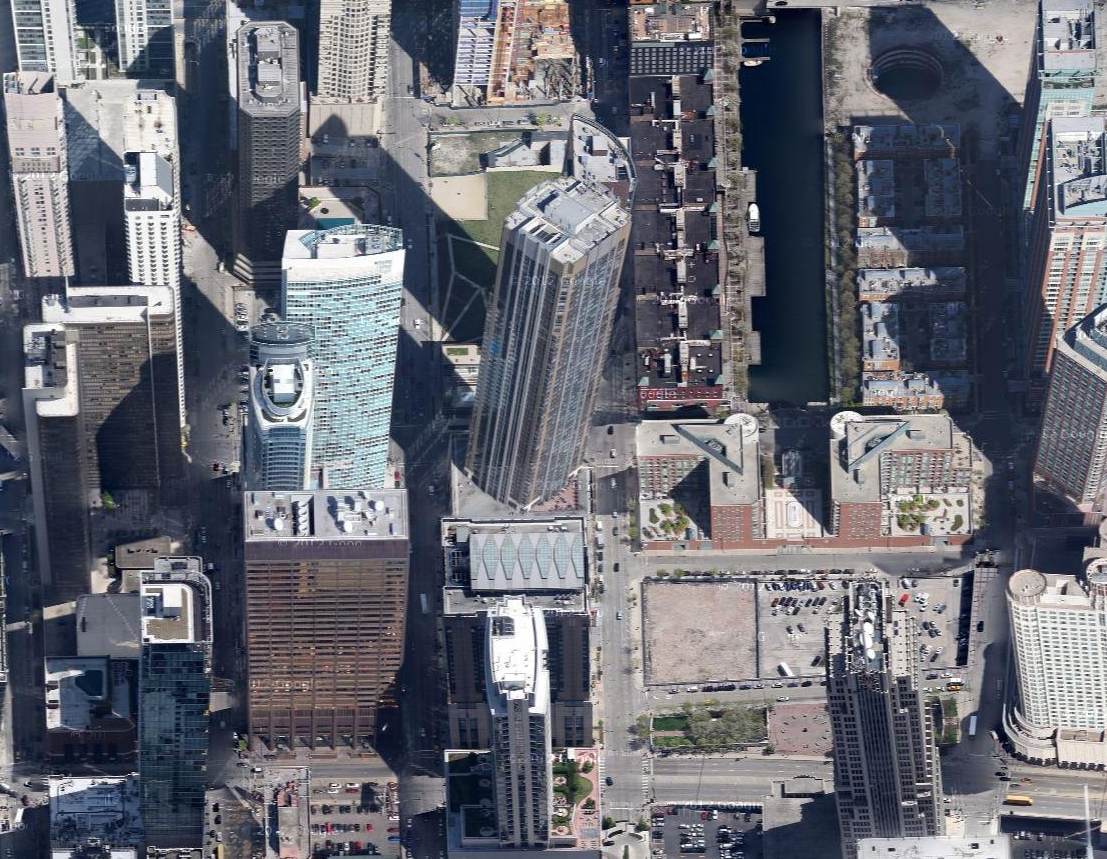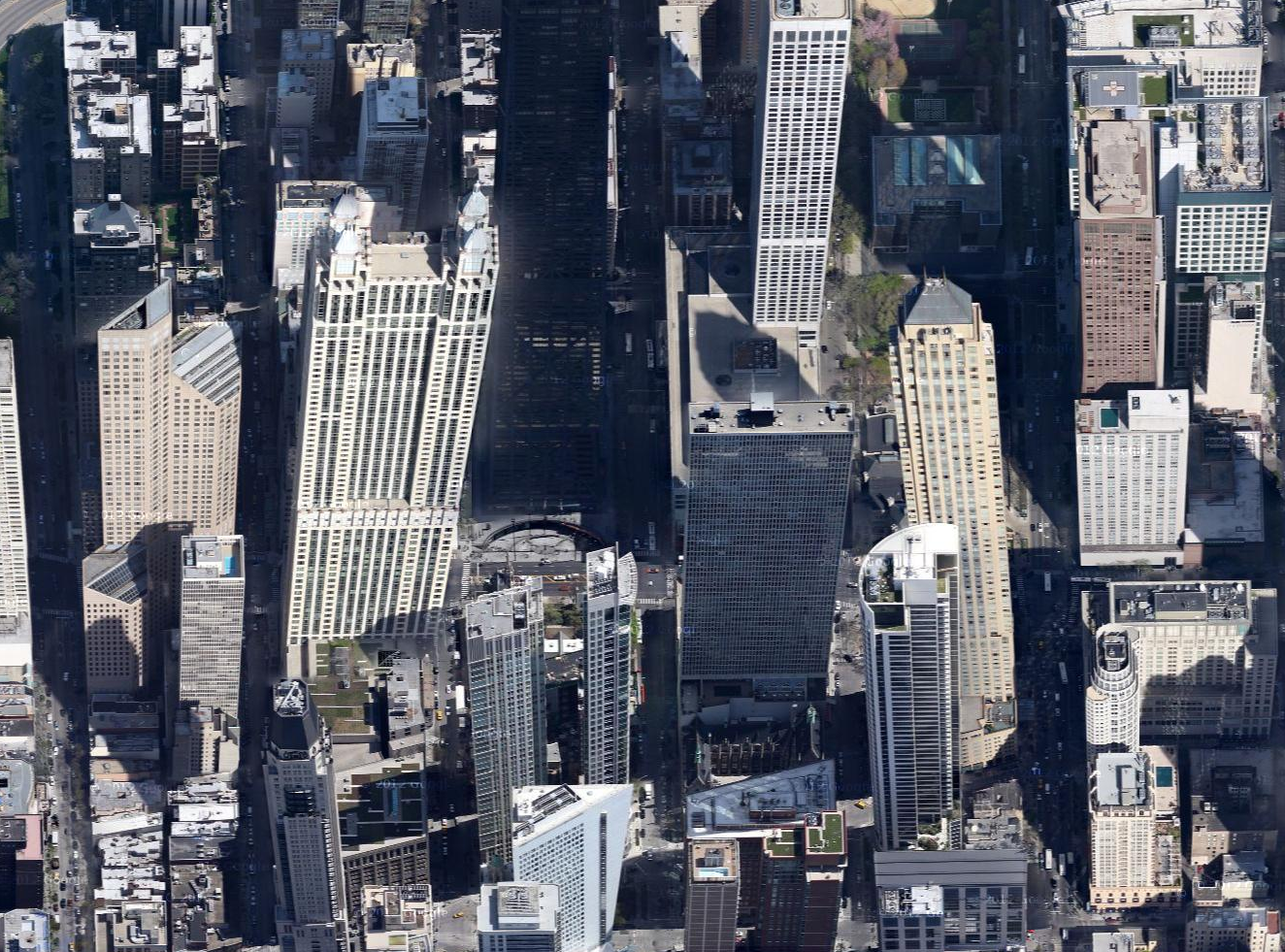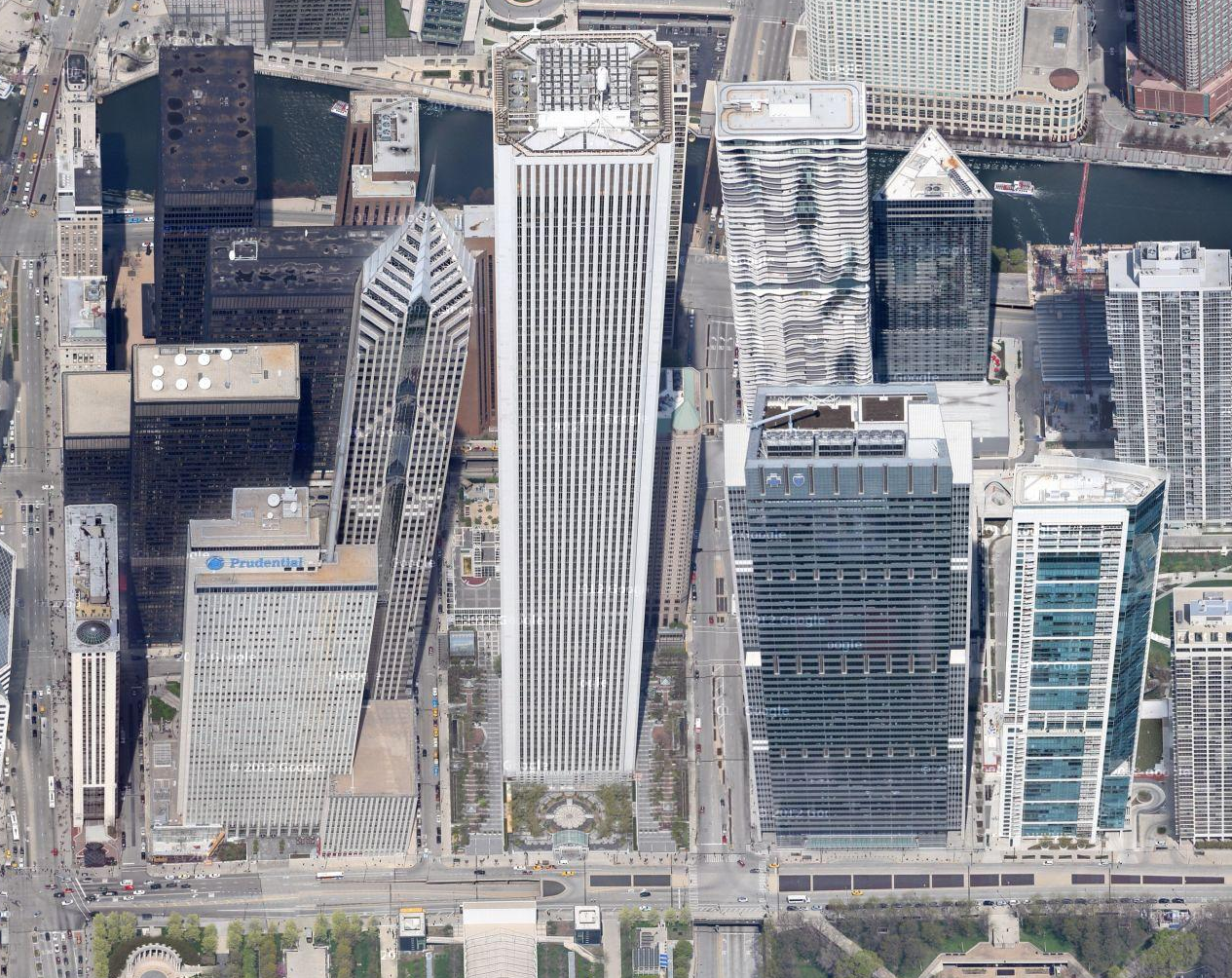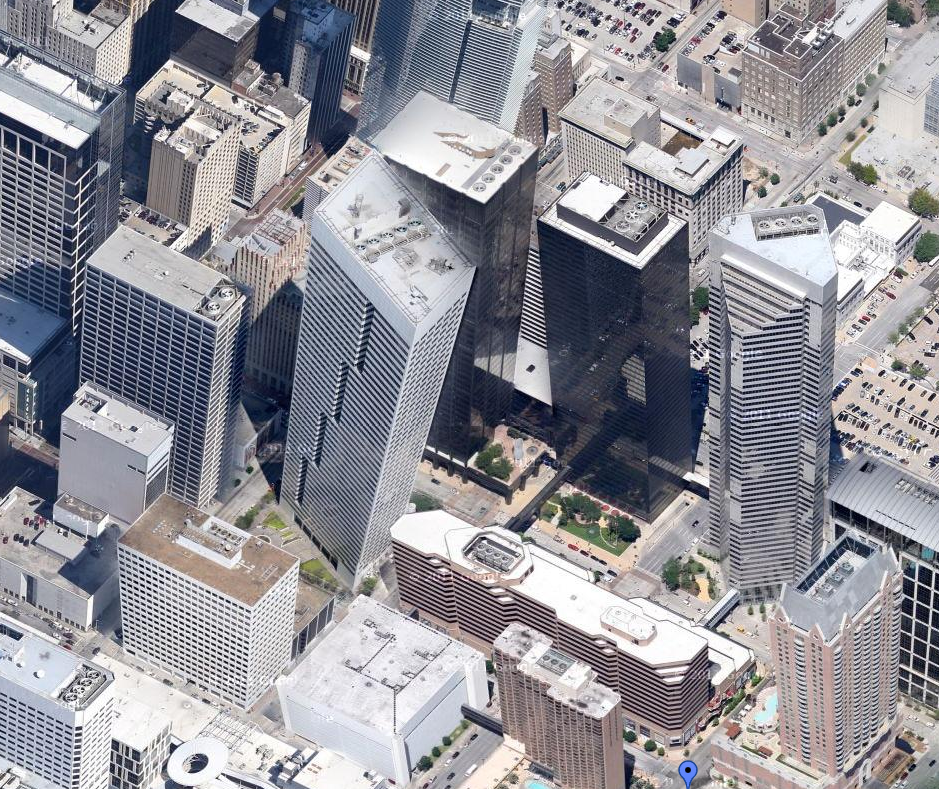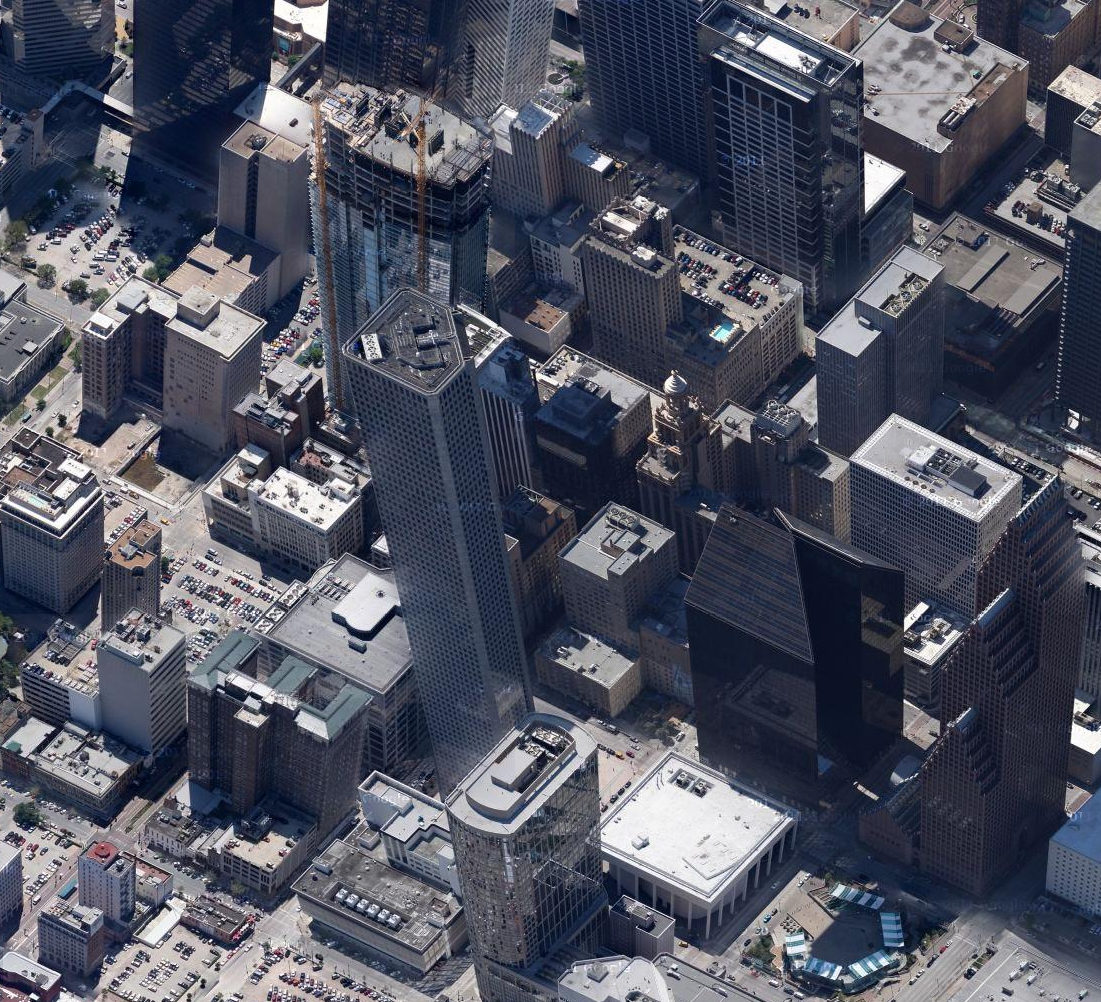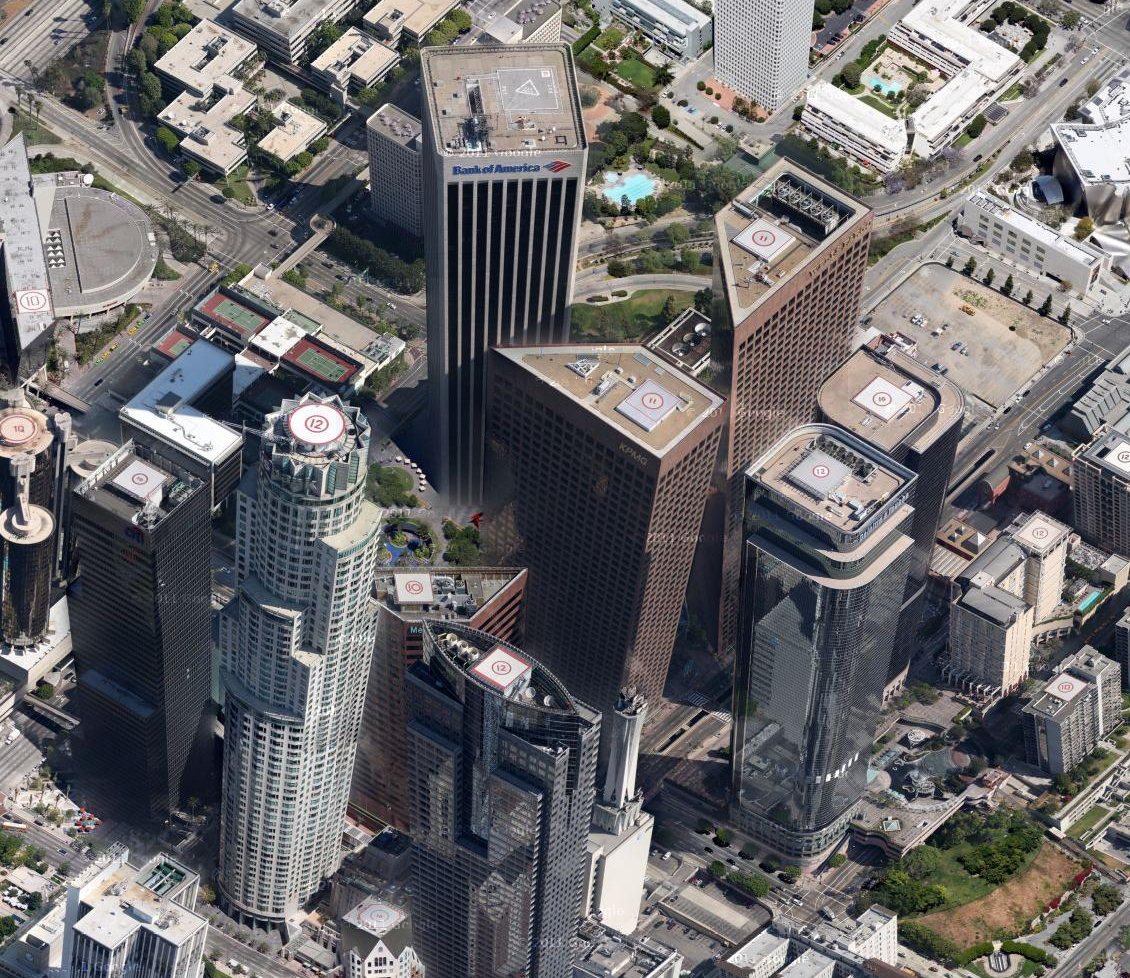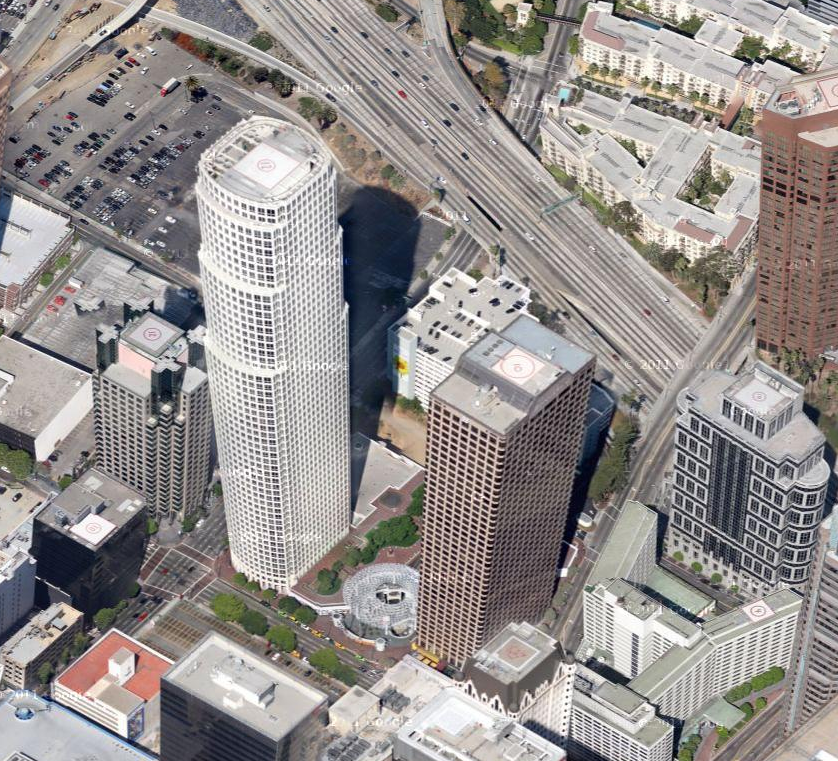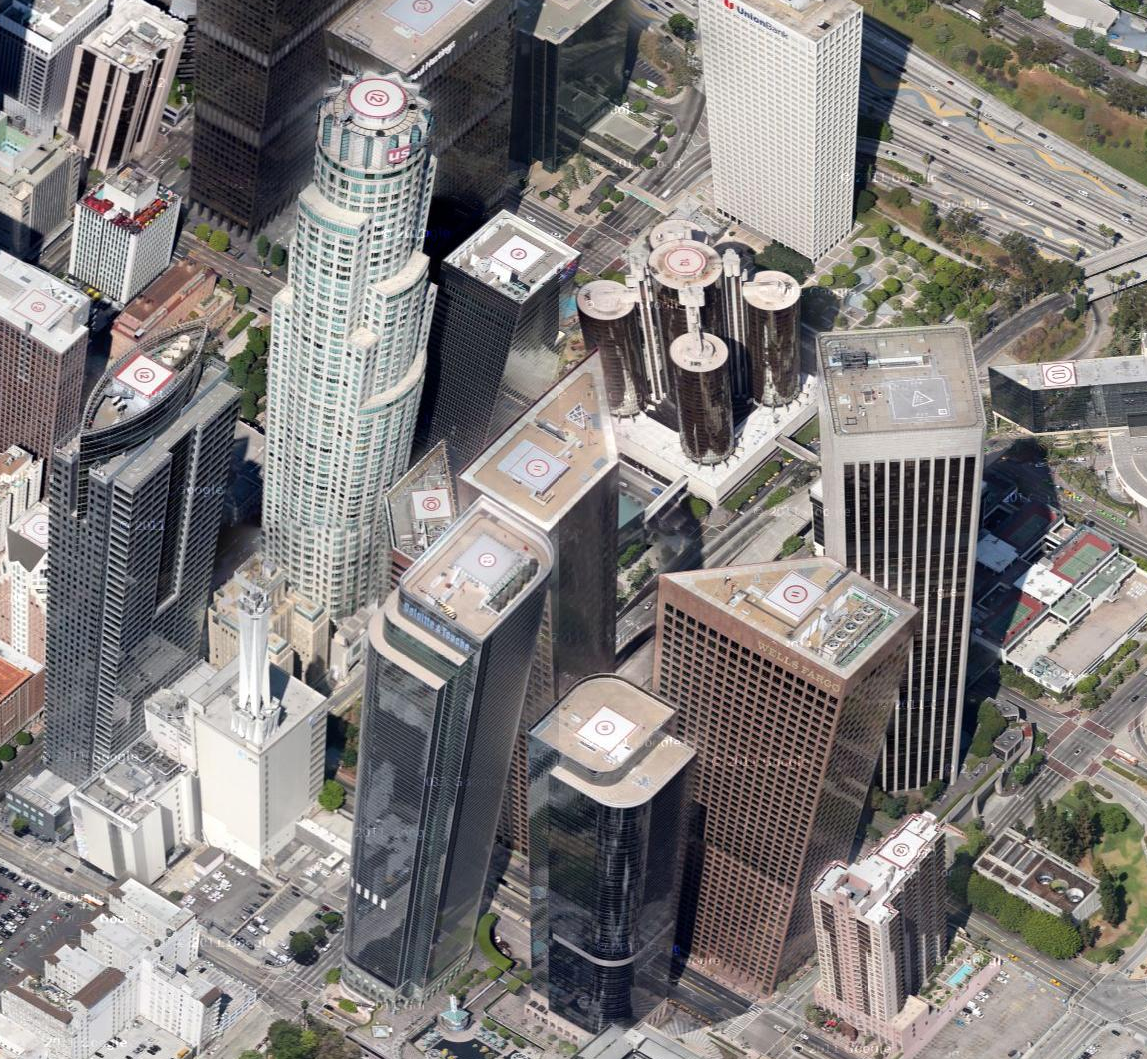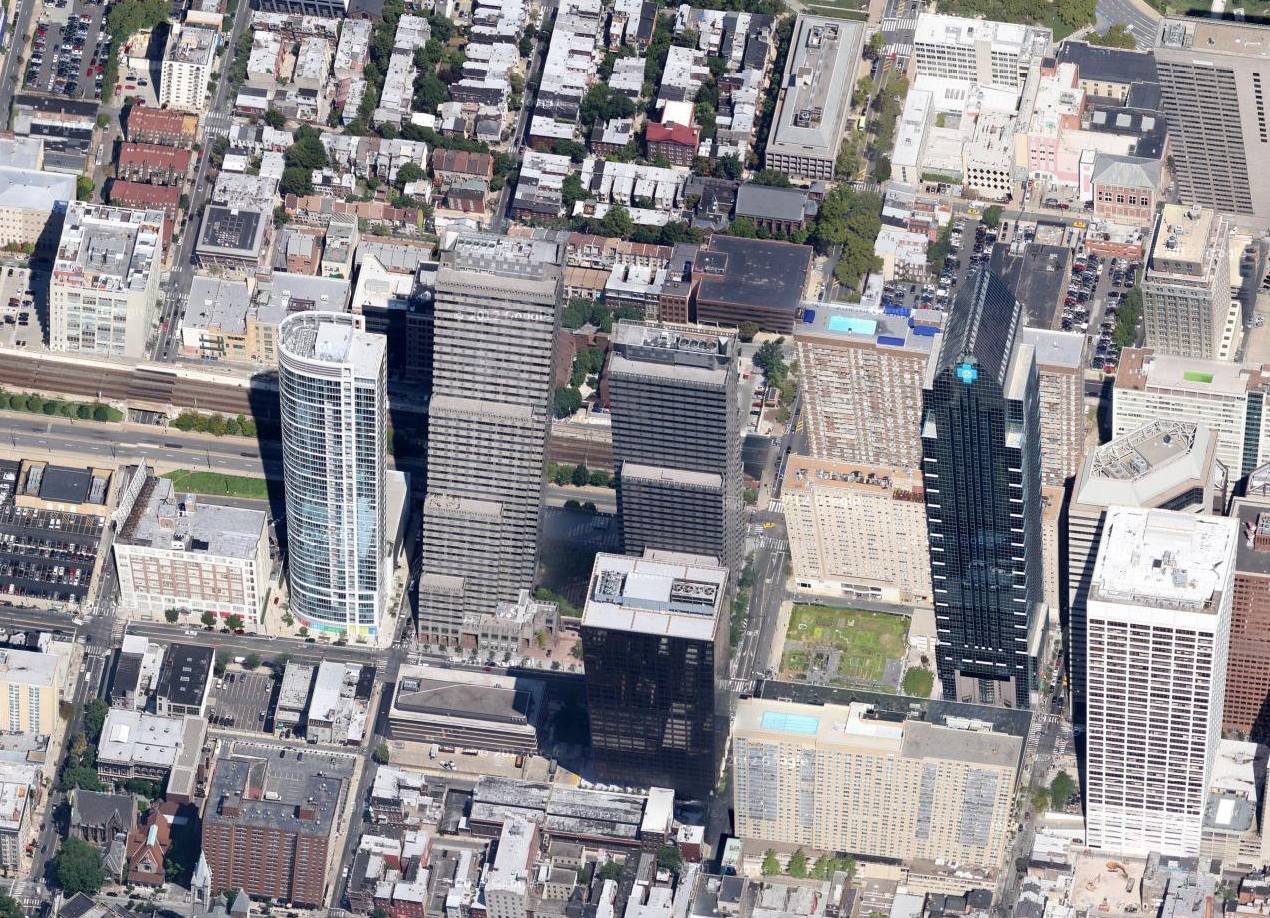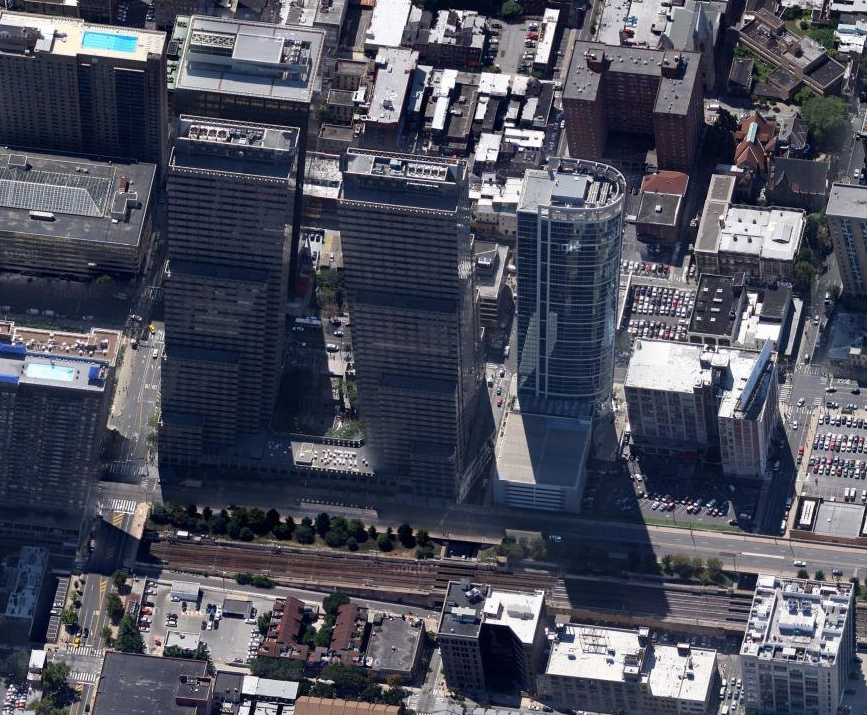So how does the map work, you ask? Jerry draws a card every morning. Each card is marked with instructions that must be followed. Development occurs based on the card drawn, like the addition of airports, cemeteries, universities, buildings, and transit systems (among others). The three of spades, however, creates what he calls a new void, which forces an new and ever-expanding world to be created on top of the old one. Watch the video for further explanation on that one. I love the rules he's created to bypass the destruction of the existing world. Jerry is extremely adamant about sticking to the rules that he wrote himself.
The intricacy of Jerry's Map is astounding. He really has created his own world; a world that he can both develop and destroy within a set of guidelines. Despite his ability to essentially play God in this realm, Jerry doesn't exactly see it that way.
"I'm totally not a religious person, but sometimes I have feelings about that deck of cards that I don't want [the map] disturbed because there's a message in that combination. There's no big guy with a beard sitting at a desk who figured out where all the cards were supposed to go, but what comes out of it I'm very interested to see. There's a reality in there. That's the future predictor."
This project reminds me of the countless hours I spent playing SimCity as a teenager. I'd immediately turn all disasters OFF, as I wasn't interested in having earthquakes and aliens destroy the detailed urban landscapes I poured my time into. Once one city was up and running, I'd create another based on the lessons learned from my experience. I guess a combination of boredom and impatience was my own personal three of spades.
Since then, I've graduated from fictional maps to real maps and find myself spending hours playing around with Google Maps and the Philadelphia GeoHistory map, which allows users to overlay a multitude of decades-old maps over the current street grid. Thanks to this resource, I've learned about dozens of long-demolished buildings all across the city, some of which I'll be writing about for Curbed over the next few weeks. Stay tuned for that in a couple weeks.
![[Kowloon Walled City. © Greg Girard]](https://images.squarespace-cdn.com/content/v1/5161c548e4b0f29c92648982/1372084217184-WNFGMGCALYK933XSL435/f8f0113fc3014f9f1465ca6b09fa897d.jpg)


![[My own scribbles. Thanks Jerry.]](https://images.squarespace-cdn.com/content/v1/5161c548e4b0f29c92648982/1371162098044-ES6OT34LYXZKRUXA1QSI/photo.JPG)

